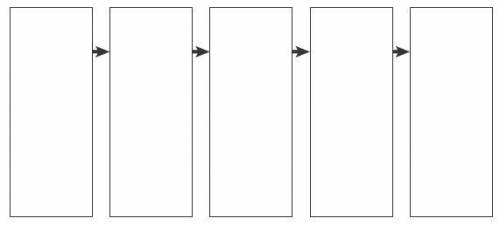
Biology, 17.02.2021 06:20, goodluck99
Refer to Figure 2.2 to sketch how DNA goes from a long stringy form to a tightly condensed form. Label the parts of the condensed, duplicated chromosome. Don't do the parts that say label the parts and the sketch part just explain how DNA goes from a long stringy form to a tightly condensed form.


Answers: 1
Other questions on the subject: Biology



Biology, 22.06.2019 14:40, breniljakenotro
Both destructive and constructive, the natural event seen here, is important in destroying and creating landforms on earth. what is this event called? a) deposition b) flooding c) landslide d) sedimentation
Answers: 2

Biology, 22.06.2019 17:00, bessieyounger1211
Imagine a person stepping on a pin and pulling his or her foot away. look at the reflex arc of this scenario below. which statement best describes the image? a)the sensory nerve carries the signal from the effector to the interneuron, and the motor neuron carries the signal to the receptor. b)the motor nerve carries the signal from the receptor to the interneuron, and the sensory neuron carries the signal to the effector. c)the sensory nerve carries the signal from the receptor to the interneuron, and the motor neuron carries the signal to the effector. d)the sensory nerve carries the signal from the receptor to the motor neuron, and the interneuron carries the signal to the effector.
Answers: 1
Do you know the correct answer?
Refer to Figure 2.2 to sketch how DNA goes from a long stringy form to a tightly condensed form. Lab...
Questions in other subjects:










Mathematics, 17.04.2020 18:25






